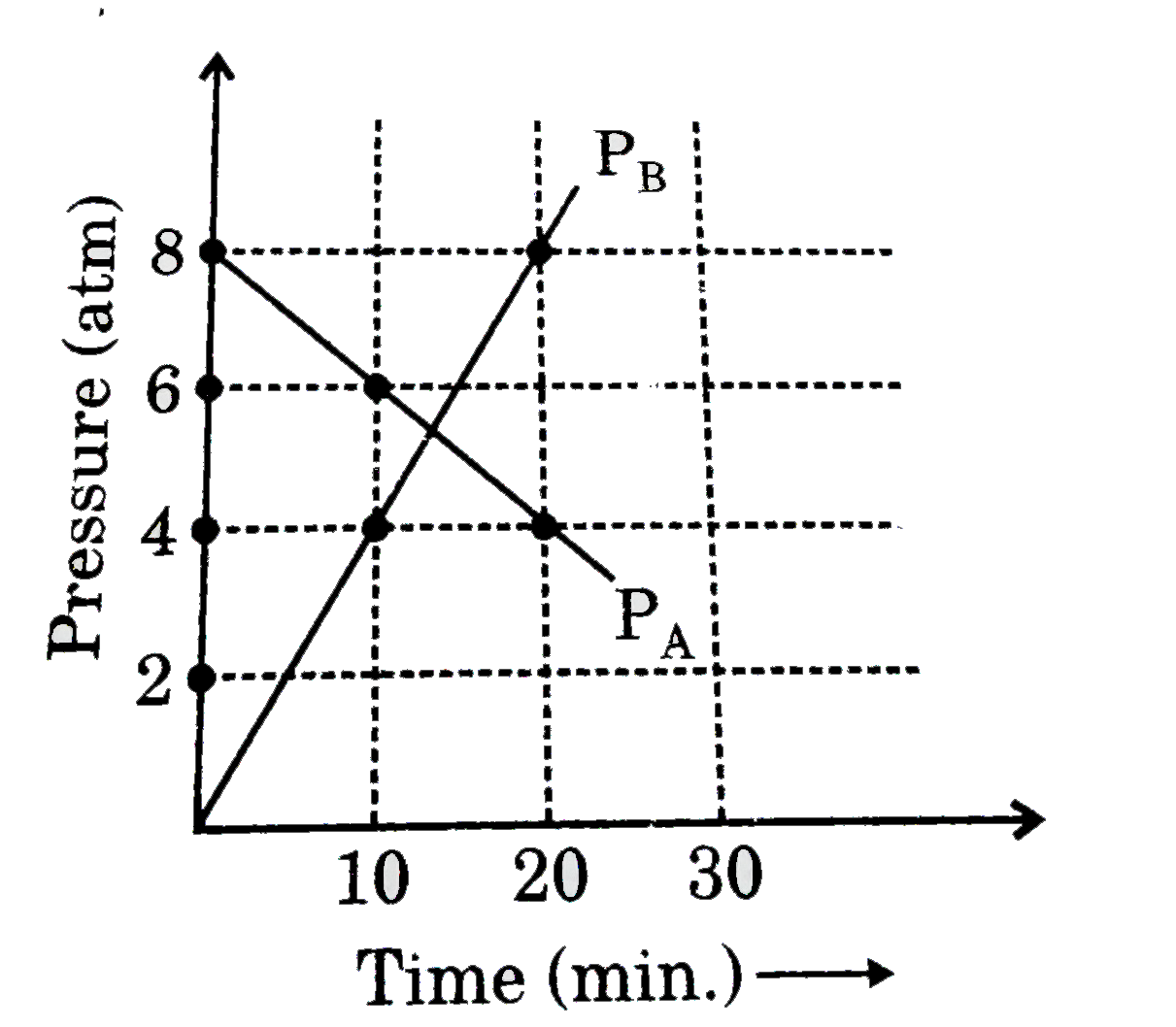In an experiment to verifty the law of conservation of mass in a chemical reaction four studetns A,B,C and D noted down the following observation for the different in the mass of apparatus before and after the chemical reation,
A-4g,B-8g,C-zero g,D-10 g
Which student has made the correct observation and why?
Video Solution
Text Solution
Student C has made the correct observation since according to the law there is no change in mass of reactants and products taking part in a chemicla reaction
|
Topper's Solved these Questions
- STRUCTURE OF ATOM BOOK - DINESH PUBLICATIONCHAPTER - STRUCTURE OF ATOM EXERCISE - Short Answer Questions
7 Videos
- STRUCTURE OF ATOM BOOK - DINESH PUBLICATIONCHAPTER - STRUCTURE OF ATOM EXERCISE - Long Answer Questions
6 Videos
- STRUCTURE OF ATOM BOOK - DINESH PUBLICATIONCHAPTER - STRUCTURE OF ATOM EXERCISE - Multiple choice question
26 Videos
- MATTER IN OUR SURROUNDINGS BOOK - DINESH PUBLICATIONCHAPTER - MATTER IN OUR SURROUNDINGS EXERCISE - (LAQs) Long Answer Questions
5 Videos
Similar Questions
Knowledge Check
In a chemical reaction A(g) is converted to B(g) following observation is made. Identify the correct statement (s).
 AChemical reaction can be 12A(g)→B(g)Bt1/2 of the reaction in independent of initial partial pressure of A.CRecation must be complex reactionDTime of complettion for the reaction is 40 minutes.
AChemical reaction can be 12A(g)→B(g)Bt1/2 of the reaction in independent of initial partial pressure of A.CRecation must be complex reactionDTime of complettion for the reaction is 40 minutes.For hypothetical reaction -
A(g)+B(g)→C(g)+D(g)
Which of the following statements is correct -AΔH=ΔEBΔH>ΔECΔH<ΔEDunpredictableFor hypothetical reaction
A(g)+B(g)→C(g)+D(g)
Which of the following statements is correct ?AΔH=ΔEBΔH>ΔECΔH<ΔEDUnpredictable
Complete the following reactions:
a.
b.
c.
d.
e.
f.
g.
View SolutionThe following observations were made by students A, B, C and D when they rubbed solid baking soda on dry litmus paper

The correct observation was made
View SolutionThe following observations were made by students A, B, C and D when they rubbed solid baking soda on dry litmus paper

The correct observation was made
View SolutionThe following observations were made by students A, B, C and D when they rubbed solid baking soda on dry litmus paper:

The correct observation was made by the student
View SolutionGiven a gas phase reaction 2A(g)+B(g)⇔C(g)+D(g). Which one of the following changes will affect the value of Kc?
View Solution








